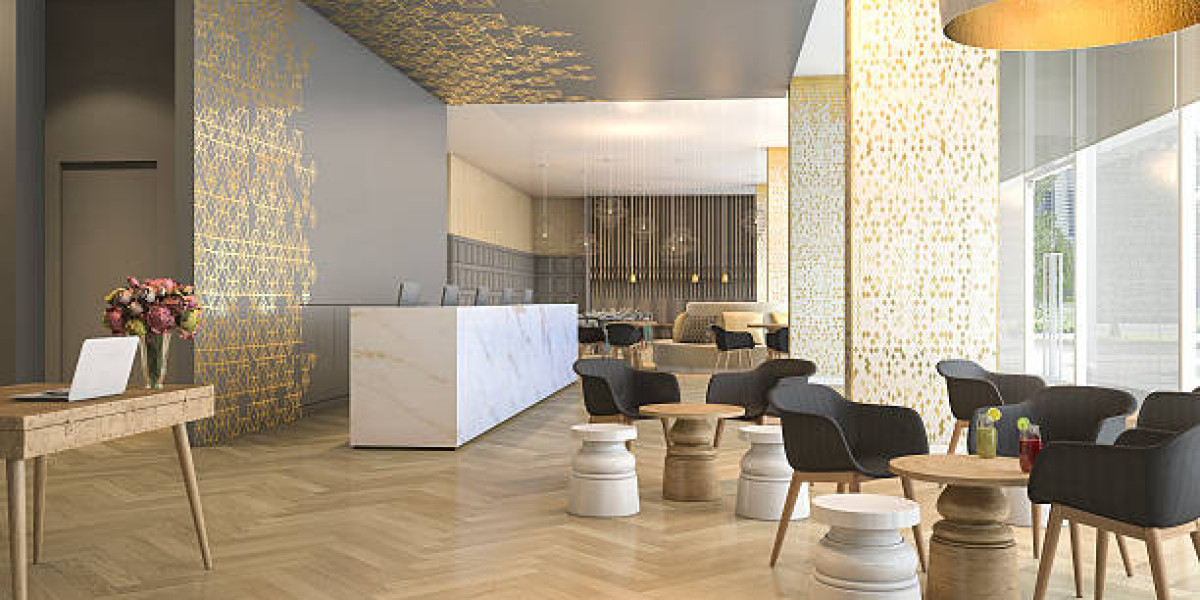Introduction
Walnut wood, often associated with a rich brown hue, has a color profile that extends far beyond conventional perceptions. This versatile material boasts a diverse and desirable array of colors, challenging the notion that it is limited to various shades of brown. The spectrum of hues found in walnut wood provides a fascinating exploration into the natural beauty and uniqueness of this timber. In this article, we delve into the captivating world of walnut wood color, showcasing its broad palette and the allure it adds to various applications.
The Many Shades of Walnut Wood Color
Unveiling the Diversity
Contrary to popular belief, walnut wood encompasses a spectrum of colors that go beyond the traditional brown palette. From light golden tones to deep chocolate hues, walnut wood exhibits remarkable diversity. The heartwood, typically darker in color, can range from warm reddish-brown to almost black. Meanwhile, the sapwood, found near the outer edges of the tree, tends to be lighter, featuring shades of pale yellow or cream. This natural color variation makes walnut wood a coveted choice for artisans and designers seeking a nuanced and distinctive appearance in their creations.
Desirability in Design
Walnut wood's unique color profile contributes significantly to its desirability in the world of design and craftsmanship. The contrasting tones within a single piece of walnut create visually striking patterns, enhancing the aesthetic appeal of furniture, flooring, and other applications. The wood's ability to adapt to different finishes, from glossy to matte, further expands its versatility. Designers appreciate walnuts not just for their durability and workability but also for the warm and inviting atmosphere their varied colors bring to interior spaces. Whether used in modern, rustic, or eclectic designs, walnut wood's diverse color range allows it to seamlessly integrate into various stylistic contexts.
Conclusion
In conclusion, walnut wood color is a captivating aspect that goes beyond the conventional perception of a single brown shade. Its diverse palette, ranging from light creams to deep browns, adds a unique dimension to any application. The versatility of walnut wood in design, coupled with its inherent beauty, positions it as a desirable choice for those seeking not only durability but also an aesthetic richness that can transform any space. As we continue to explore and appreciate the nuances of walnut wood, it becomes clear that its color profile is an essential element in the enduring appeal of this remarkable material.



